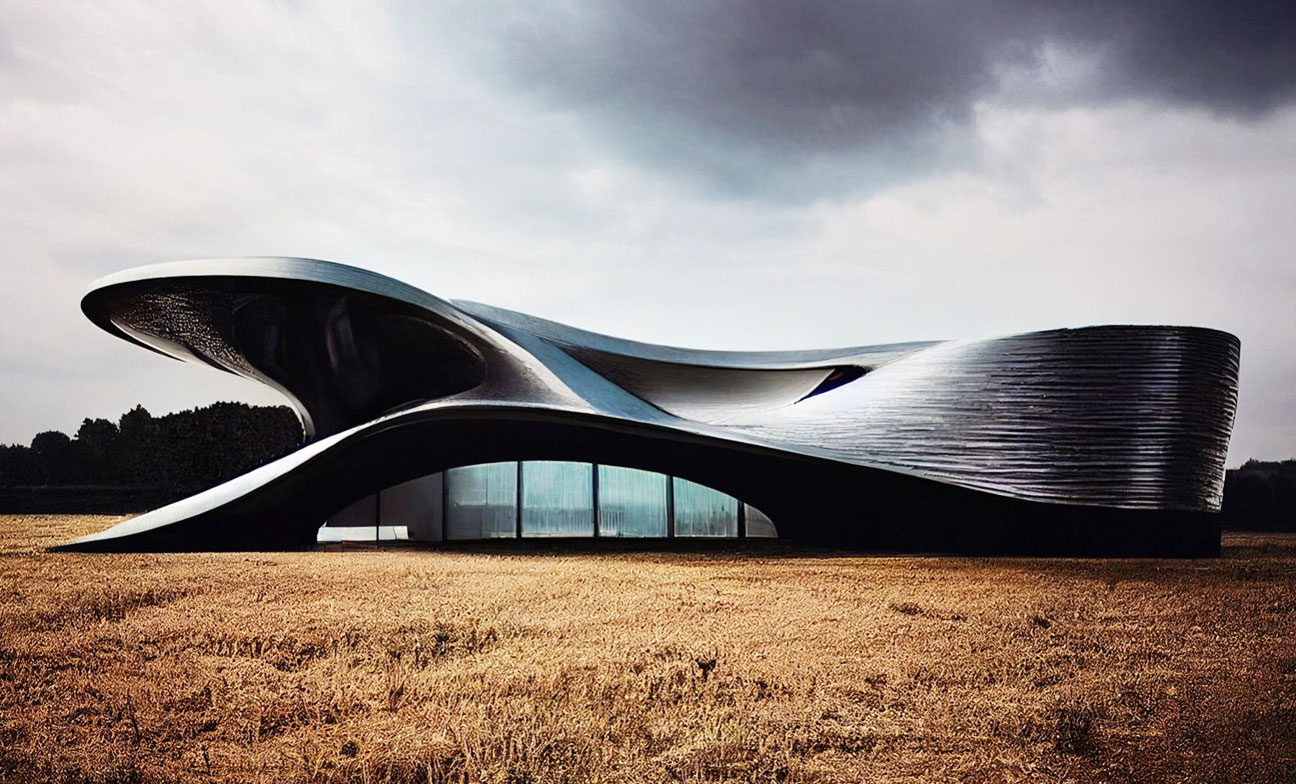
How is Parametric Architecture Beautifully Shaping the Buildings of the Future?
Have you ever wondered how architects at the most renowned firms, like ZHA and BIG design their buildings? What makes their work stand out when compared to others? Is it the precise design of a sleek edifice that lures the viewer in or is it the highly functional spaces that make the experience even better?
One of the most innovative techniques used by many of these top firms is primarily a design approach that focuses more on responding to the environment than starting with a conceptual idea.
What is Parametric Architecture?
Rendering of an eco-parametric structure/ Source: Parametric-architecture
A design approach that takes into consideration the "parameters" of the surroundings, and accounts for the missing features with a conceptual design, is called parametric architecture.
This design method utilizes mathematical algorithms and computer software programs to create complex and precise building forms, allowing architects to explore various possibilities and variations quickly. This approach also enables us to make accurate and efficient calculations and simulations, ensuring that the final design meets all the necessary technical and functional requirements.
However the use of parametric design in architecture is not a new concept, its origin can be traced back to the work of the French architect and urban planner Le Corbusier in the early 20th century, where he developed a system of proportions and modular design, which he called the Modulor (the 1920s), that aimed to create a harmonious relationship between human scale and architecture. With advancements in technology and the availability of powerful computational software, it has gained more success in recent years, allowing for the creation of more sophisticated design models.
Advantages of Parametric Architecture
Precision
Parametric design software can help design highly accurate and detailed models, which can be used to get a better understanding of the structure and its surroundings and further help in construction.
Flexibility
The parametric design allows for easy manipulation of design elements, allowing the user to explore multiple design options and make changes quickly.
A parametric model made using computer-aided design software/ Source: Behance
Efficiency
By using computer algorithms the design process can automate repetitive tasks and reduce the need for continuous manual input.
Complexity
The parametric design allows for the creation of complex forms and geometries that would be difficult or impossible to achieve with traditional methods.
Disadvantages of Parametric Architecture
Cost
The software and hardware required for parametric design can be pretty expensive, and training might be necessary to use it effectively.
Dependence on Technology
The parametric design relies heavily on technology, and if something goes wrong with the software or hardware, the design process can be disrupted.
Lack of Humane Element
This approach can lead to a lack of creativity and empathy in the design process, as the focus shifts from the needs and desires of the user to create a more data-specific and algorithm-based output.
Case in Point
Guangzhou Opera House, Guangzhou, China
Source: Tripsavvy
One of the most notable examples of parametric architecture is the Guangzhou Opera House in Guangzhou, China, which was designed by Zaha Hadid Architects. The structure's organic shape was intended to reflect the movement of the nearby Pearl River and the surrounding landscape which was designed using complex algorithms and computer modeling.
The magnificent stature of this building was the result of a parametric design process that took into account various factors such as noise reduction and structural stability. This building is a good example of how parametric design can be used to create unique, sculptural forms designed to serve a specific purpose.
In Conclusion
Parametric architecture is a design approach that prioritizes the construction of a responsive building using computer-aided designing software. It is useful for greater flexibility and customization in the design process, which also allows for a more efficient and accurately designed model. In the past few years, it has already proven to be a valuable asset for architects and designers, that would play an increasingly important role in the creation of innovative and functional buildings.














